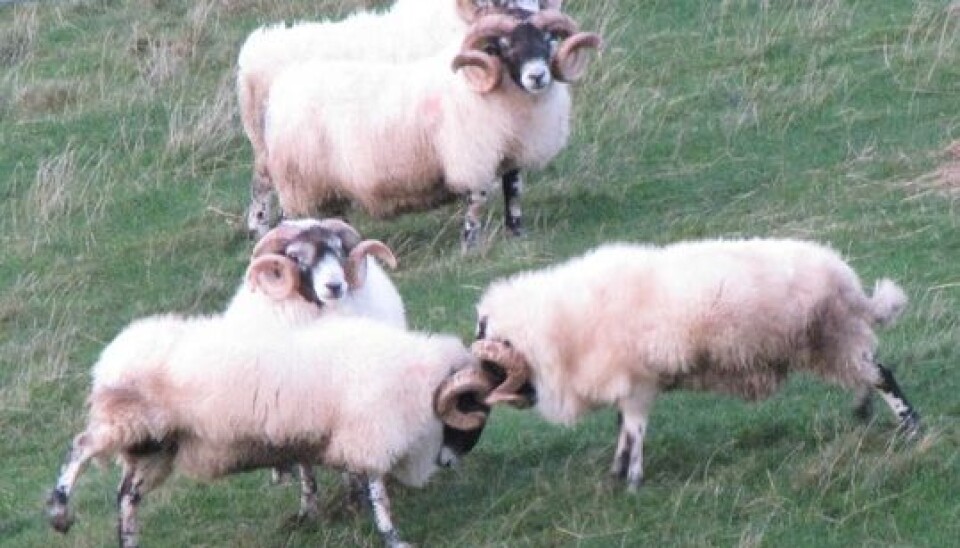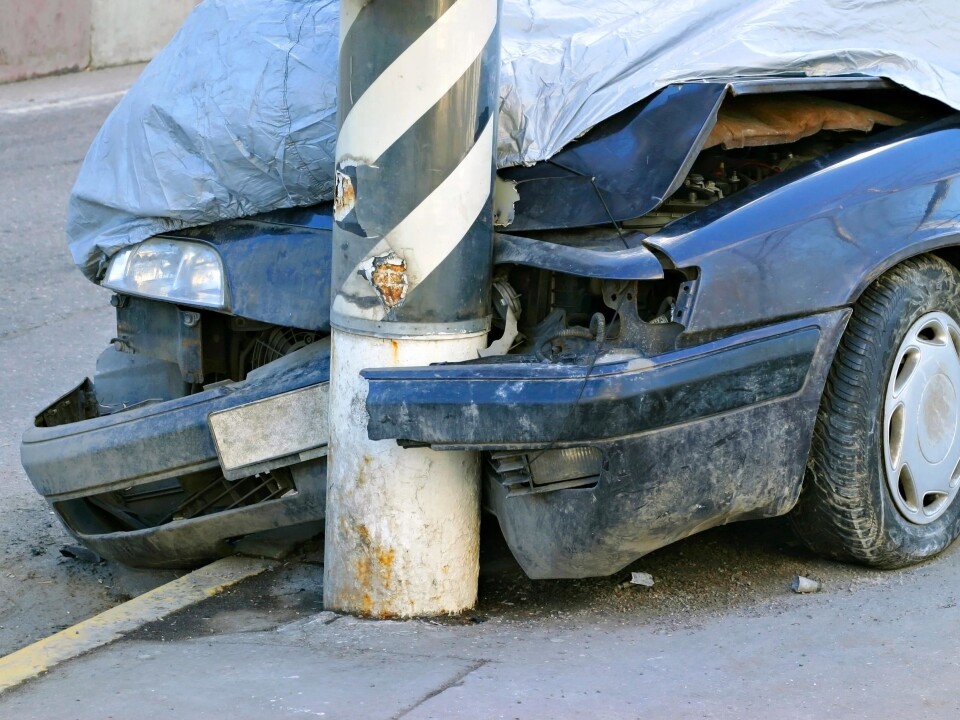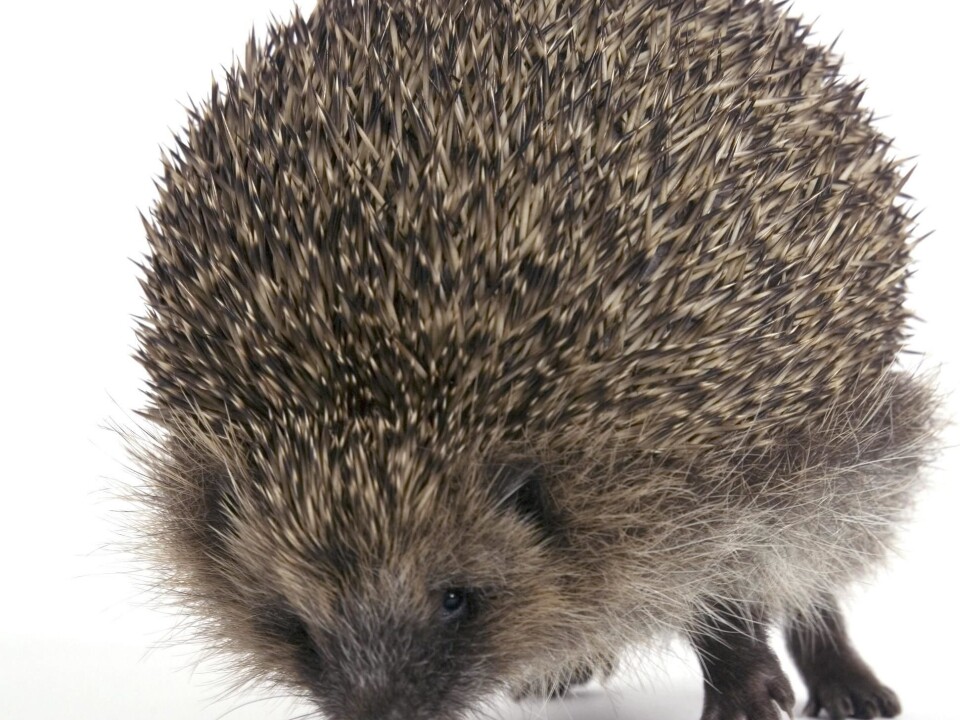
Rams and hedgehogs can make cars safer
Car bumpers can be made far more efficient by studying animals that have developed ways to deal with heavy impacts.
Hedgehogs’ spines and rams’ heads are very good at absorbing shocks and impacts; imitating the anatomy of these animals can make tomorrow’s cars safer.
This was the discovery of Torben Lenau and his group of PhD students from the Technical University of Denmark (DTU) and the Technical University of Munich (TUM) after they had spent some time looking for ideas from nature that could help reduce the consequences of road traffic accidents.
An engineer, Lenau is an associate professor at the Department of Management Engineering’s Section for Innovation and Sustainability at DTU, where he lectures in product development and carries out research into understanding and imitating nature – bionics and biomimetics.
The group agreed that they did not want to be injured if their car drove into another car, street furniture or a roadside tree. Could nature be an aid?

“We had to generalise the question to be about collisions, energy absorption and sudden braking,” says Lenau. “They are some of the things that we believe animals and plants also have to deal with.”
Brainstorming and library research
The group realised that woodpeckers and rams would be a good starting point.
“Why isn’t a woodpecker concussed from hitting its head against a tree?” says the researcher. “What about rams, bulls, stags and other animals – they have repeated, violent head-to-head impacts. How do they cope?”
A literature search at the Royal Library in Copenhagen dug up scientific papers that described how rams collide head-on with other rams without injury.
Tense muscles, discs of gristle, jointed bones and a cranium that can give or yield together make up an impact-absorbing system spread along the animal’s spine and head. Could some of these characteristics be used in cars?

“We thought we could transfer the way in which a ram has a combination of gristle between its bones to a car’s bumper and front,” says Lenau.
The ways a woodpecker resists impacts disappointed the group, however: they are effective only on a small scale and could not be used for car bumpers.
Bumper designed like a brush
Another literature search brought surprising knowledge about hedgehogs’ spines.
“I hadn’t connected hedgehogs with collisions,” says the researcher. “It’s an animal that predators avoid because of the jabbing spines. But the spines actually have a double function – they also absorb impacts, so a hedgehog will rebound a little if it falls from a height. The spines are resilient and have a braking effect.”
He saw the hedgehogs’ fall technique as the most promising suggestion for a new type of car bumper.
“The spines quickly gave us some ideas abut how we could make something that resembled a forward-pointing brush with a mass of simple, impact-absorbing studs or bristles that yielded together, rather than a single, stiff panel,” says Lenau.
Bumper still being developed
The brush-like car bumper is still being developed. Although it may never be more than a concept, working with it is a good example of how researchers can look to nature for inspiration effectively and systematically.
“Thinking in this way opens a broader range of possible solutions,” he says. “Maybe you would never have considered anything other than a stiff panel at the front of the car, but doing it this way does bring alternatives. They may be good or bad, but you don’t know that until you’ve seen them.”
Read the article in Danish at videnskab.dk
Translated by: Michael de Laine





